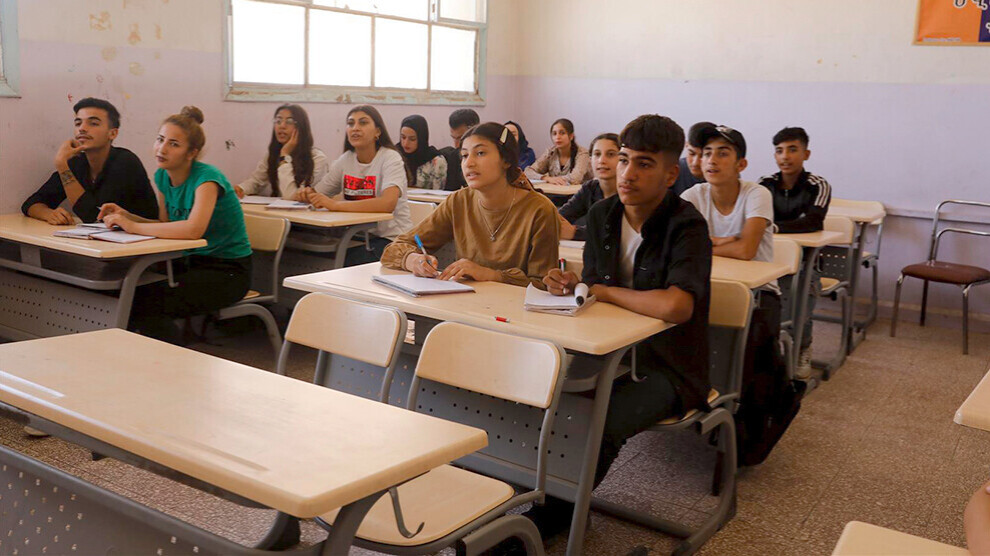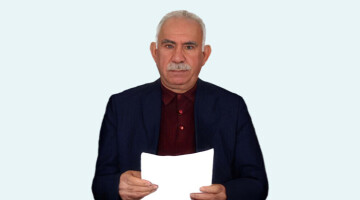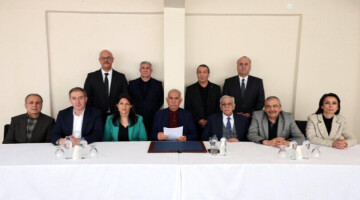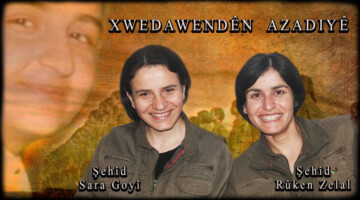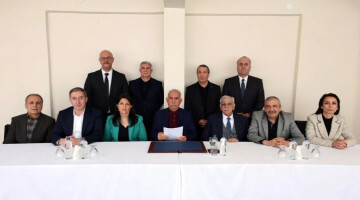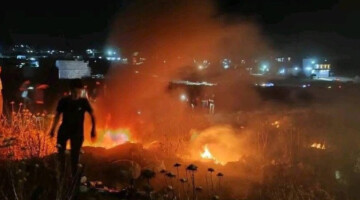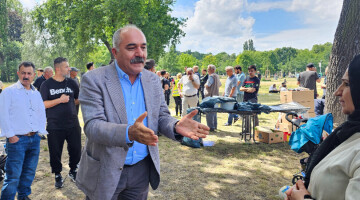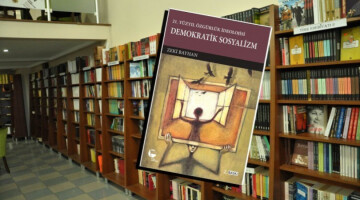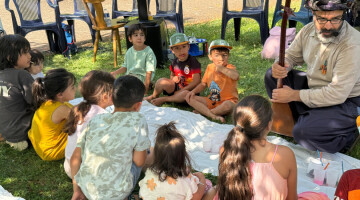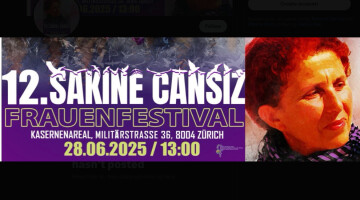In northern and eastern Syria, all identities organise themselves in a grassroots democratic way. In this way, all people with their cultures, identities and world views are to represent themselves directly. The struggle against the consequences of the pan-Arab assimilation policy by the Baathist regimes plays an important role in this. The Armenian population, large parts of which have been living there since the Ottoman genocide of 1915, has also been severely affected by the regime's assimilation policy and is now building its self-organisation step by step.
Armenian language and culture courses
In June, the Armenian People's Council of North and East Syria launched the first official native language courses. The courses last three months and are taught four hours a day. Twenty-five people take part in each course. These courses aim to revitalise both the Armenian language and culture and represent a milestone.
"Learning Armenian is of incredible importance to me"
ANHA news agency spoke to some of the participants of the courses. Patil Girigor underlined the importance of the language course and said: "These courses are indispensable for the revival and preservation of Armenian culture. Especially considering that we were deprived of this in the previous systems. This course is of incredible importance for us to be able to speak our language like other groups."

Reclaiming stolen language
Hayik Sosiyan expressed his joy at this opportunity, saying, "It is the first time we can attend an Armenian language course. This gives us the opportunity to learn our stolen language thanks to the Autonomous Administration of North and East Syria."
Sosiyan pointed out that Armenian culture and language disappeared in 1915 due to the genocide committed by the Ottoman state and the racist policies against Armenians in Syria. Now, new life is being breathed into this culture.
Aghet - the genocide of the Armenian population began in 1915. Millions of Armenians were murdered by the Ottoman regime with the support of the German Reich. Many Armenians were driven through northern Syria into the desert between Mosul and Deir ez-Zor and murdered there. At least 1.5 million people fell victim to the genocide. Many survivors settled in northern and eastern Syria.

Armenians a part of the revolution
On 19 July 2012, with the beginning of the Rojava revolution, many Armenians also participated in the revolution. They fought alongside other structures on the same front. The revolution gave Armenians the opportunity to gain their rights and actively participate in self-government. Due to their history of persecution, representatives of the Armenian minority had previously been rather reluctant to organise themselves in Rojava because of concerns that the regime would return and unleash new waves of persecution. However, through the model of democratic confederalism, Armenian culture is experiencing a renaissance in northern and eastern Syria.
On 24 April 2019, the anniversary of the beginning of the genocide, the Armenian battalion "Şehîd Nubar Ozanyan" was officially established in Hesekê, northern Syria. The battalion in Rojava is named after the Armenian Nubar Ozanyan (Nom de Guerre: Orhan Bakırcıyan), who fell in Raqqa on 14 August 2017 as a commander of the Turkish communist organisation TKP/ML-TIKKO in the fight against the terrorist organisation "Islamic State" (ISIS).

